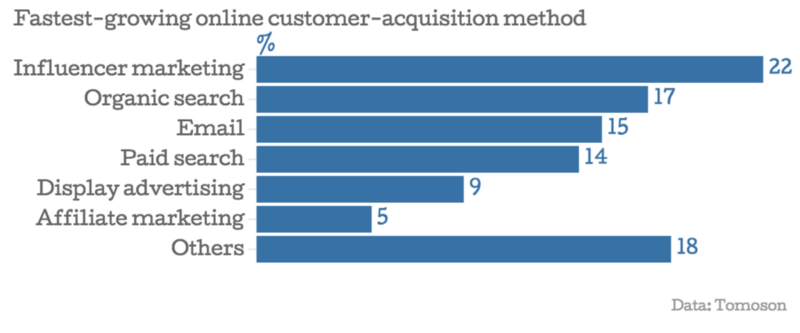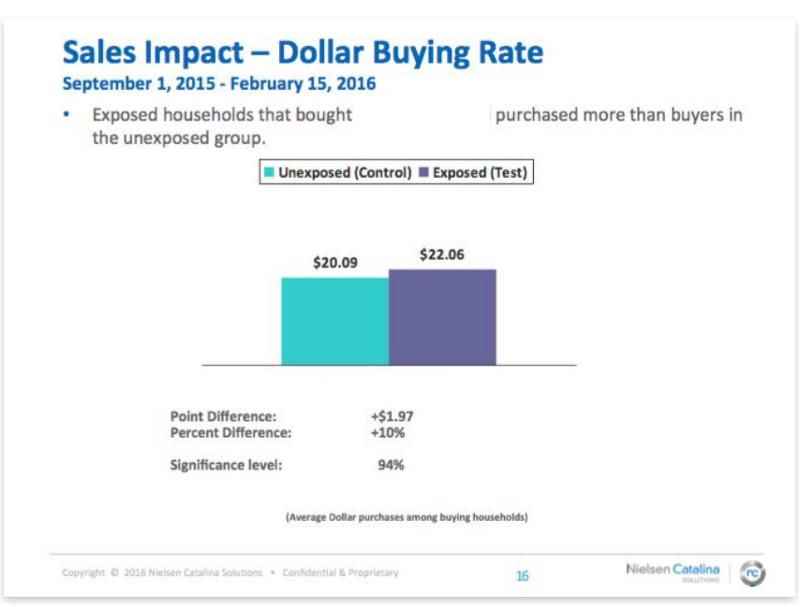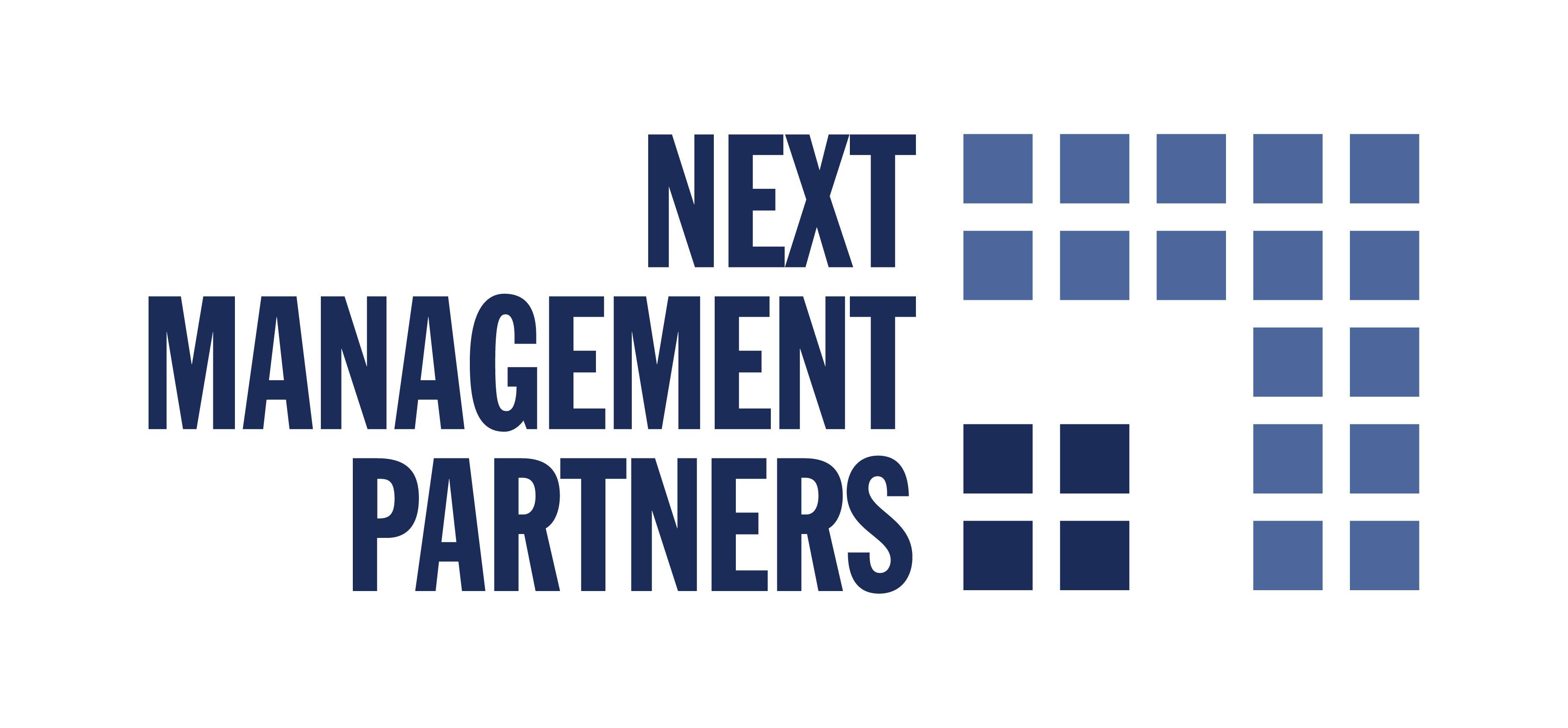Are Your Followers Worthless?
Influencers give marketers access to an engaged audience on giant platforms like Facebook, but how do you assess the worth of an influencer’s audience — to know if that reach will result in sales or brand lift? As a digital revenue expert for the LA Times, a Bertelsmann-backed influencer commerce company, and other media companies who I’ve helped cultivate and grow online audiences and revenue, and after selling my last digital media company to the Maker Studios CEO & co-founders, I want to share strategic insights I gained firsthand in navigating influencer marketing. It’s no secret how quickly influencer marketing is growing, but the impact it has on the bottom line is still a mystery in many cases for marketers.
Marketers today seem to concur on the potential effectiveness of influencer marketing — to different extents depending on campaign goals. It seems over 20% of marketers find influencer marketing to be extremely effective at driving sales, and 33% say it is effective.

Influencer marketing is one of the fastest growing channels for acquiring customers, as you can see here:

Accessed from here
The first takeaway to remember: Analyzing who follows an influencer is part art and part science. Influencer discovery tools are still a “black box” with regard to evaluating influencer match for your brand goals. So even when you use a third-party influencer platform to locate influencers and analyze followers, you must validate those you partner with — human judgment around content quality is still critical in influencer identification.
Setting aside follower counts, let’s go through six questions I’ve had to answer in finding the right influencers for my clients.
- Are the followers human or fake?
Audience size says nothing about audience composition. There are bots that create fake followers and fake engagement: Fraud is a real problem in influencer marketing. Detecting it requires tracking consistency and meaning in social conversations dominating your target influencer’s accounts. Telltale signs include sudden spikes in follower counts, high follower-to-engagement ratio, bot-generated comments, and low-quality posts — random, misspelled, or indecent. Even a cursory glance of comments is helpful. Look for unusual patterns using social tracking tools.
2.How engaged is that audience?
Influencers are as effective as the follower passion they cultivate through their storytelling (content). Followers engage with great content and this build follower loyalty with an audience. Engagement is an extremely valuable metric to measure long-term ROI since it is a good indicator of how closely followers identify with that influencer. Influencers who matter convert followers to buyers. Buying is true engagement. To ensure that the sphere of influence aligns with your brand, determine whether the influencer’s high engagement ratio occurs on the channels where your target market is active.Remember: Real influence compels action.
“Influencers who matter convert followefollowers to buyers.”
Consider that subject-matter experts and thought leaders might be more effective and engaging than a mass celebrity because an expert has a skill that engages an audience very deeply (i.e. — a scrap-booking influencer vs. a reality TV star). Here’s what influencers say keeps their followers engaged:

3. Do follower demographics, especially household income fit?
Without a contextual fit, your influencer marketing campaign investment goes down the drain. Think from the viewpoint of who you want to buy your product and if they have the income to buy it, and maintain laser-sharp focuson your market. Brand marketers like Taco Bell want to see brand lift, and ultimately sell more tacos. Direct marketers like My Pillow want to sell more pillows. Many followers do not have the discretionary income needed to purchase your product. Are the followers broke college students or highly affluent young professionals? Analyze the discretionary income of followers. Context is why different influencers work for different brands, and why the right influencer, with the right audience, can have a huge impact.
4. What has the influencer’s audience bought in the past?
Examine what the influencer’s audience has previously bought from that influencer or other influencers, and whether it aligns with what you’re selling. This is one area where past performance can at least indicate future results. Learn all you can about what directly or indirectly led to those purchases, the ratio of buyers to the total follower count, and the time it took followers to become buyers. Examining past influence provides a benchmark for future influence.
Exposure to influencer content has been proven to lift sales. As shown in the below graph from a 2016 Nielsen Catalina Solutions study which uses point-of-sale data to compare purchases from consumers exposed to influencer content to a matched control group of consumers who did not see influencer content, exposed buyers purchased significantly more product on each purchase occasion.


5. Is the influencer’s audience willing to take a survey?
Real fans respond with speed and enthusiasm. They want to have their voice heard and to express their distinct preferences. Surveys allow them to do that, especially if run by their favorite influencer. When your target influencer agrees to run a survey and the results are favorable and convincing, that’s an indication of audience willing to pull out their wallets and/or engage in your marketing message, particularly if the survey is done in real-time on social media. Some influencers do not know the value of their audience, but rely heavily on brand marketers who may measure effectiveness of a marketing campaign (reach, brand impressions, etc.). In my consulting practice, I have seen major influencers with 10’s of millions of followers get 500 survey responses, whereas another influencer with under 500,000 followers generated 8,000 survey responses!

6. Is the influencer willing to do a free test post?
As in any business alliance, a test phase paints a picture of how an influencer partnership will take shape and what possibilities lie ahead. One way to do so with a target influencer is to ask if they are willing to do a free test post. Such a post — if the influencer is confident about original content creation and about the audience’s identity — would be fairly easy to do. Even more than celebrities, real influencers know their audience and how to entice them to act. There can be substantially more upside and a long-term relationship for influencers if they can align with a few marketers who are willing to help them monetize their audience.
Keep in mind: As of last week, Facebook now allows you to place media buys on the influencer posts: Facebook will now allow a brand to promote influencer posts as ads.
VC’s and media executives are investing in companies to help discover and track influencer effectiveness. These include companies such as TapInfluence, funded by a variety of VC firms, and media executives like Tony Hunter, the former CEO of the Chicago Tribune, who invested in Glocally. My business partner and CEO of Time Inc Rich Battista launched Connect at Time Increcently.
What has your influencer measurement experience been like? Are you finding any tools that help you analyze influencer’s impact on sales?

